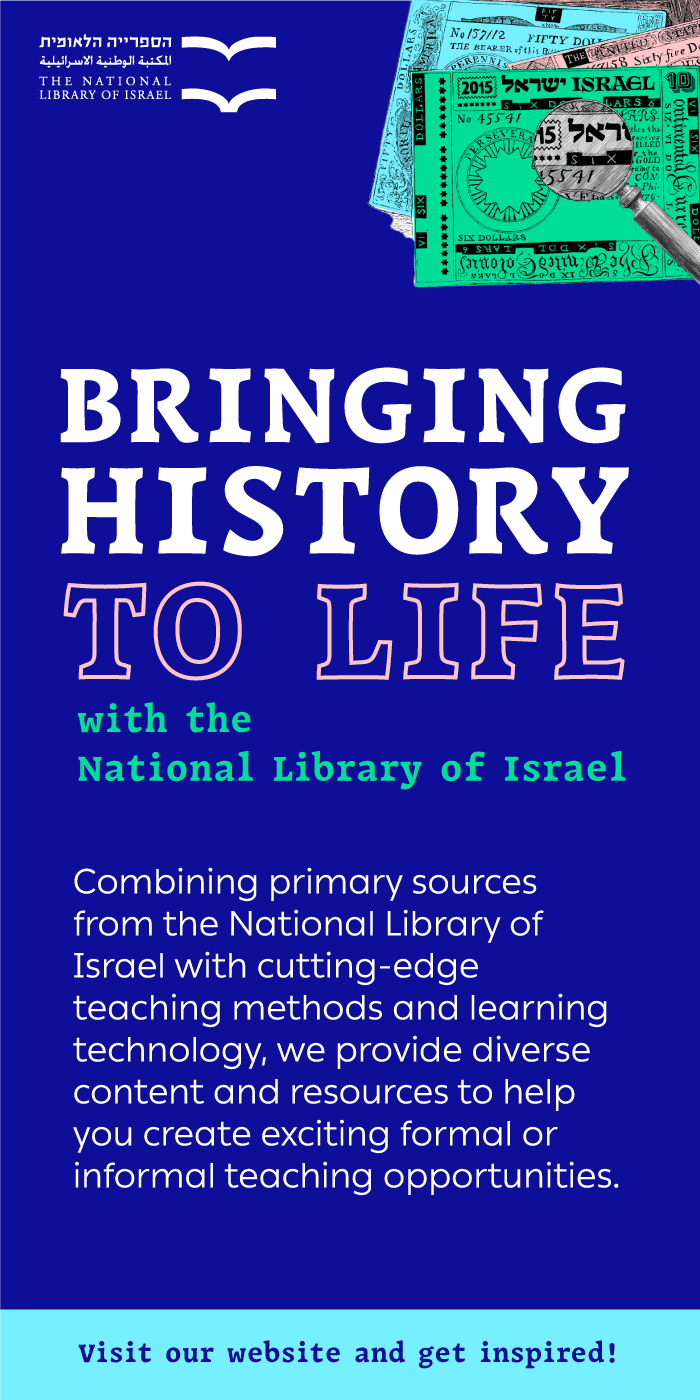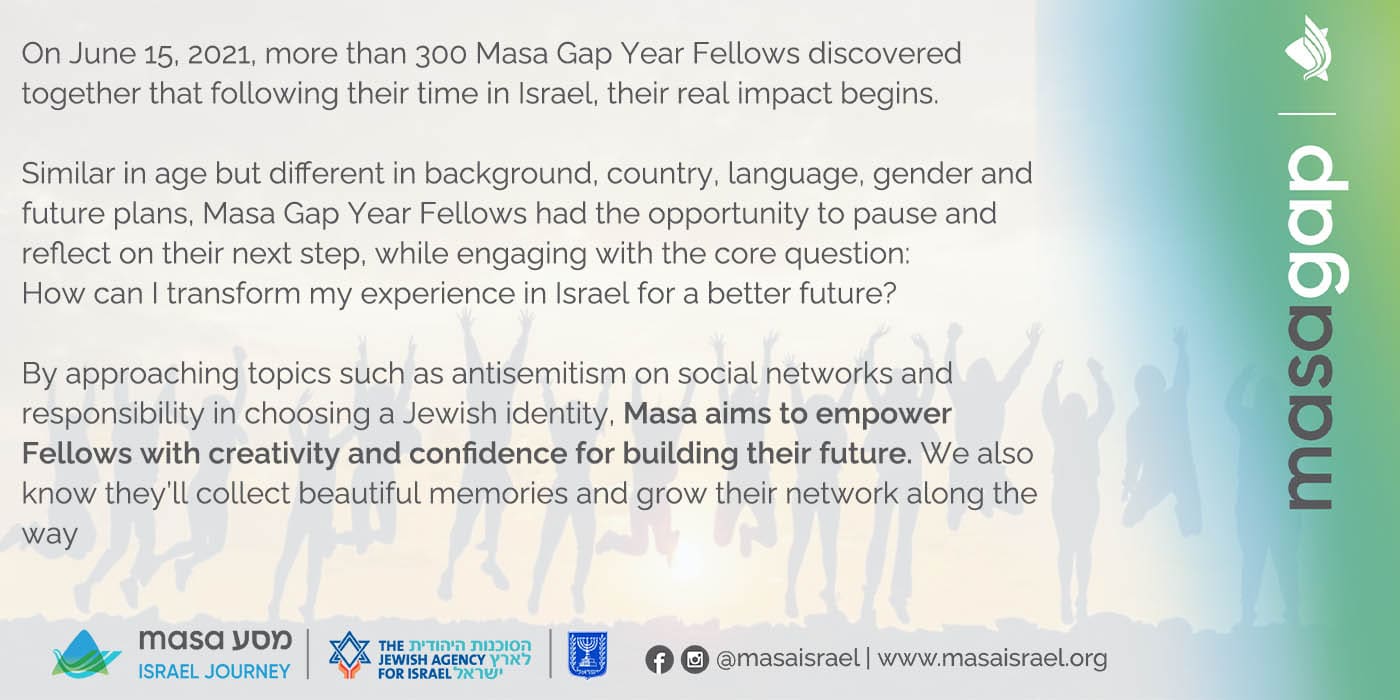Thinking Adaptively: Reimagining Jewish Education in a Post-COVID Word
Professors Ronald Heifetz and Marty Linsky argue that the most common downfall of leadership is when leaders treat adaptive challenges as technical ones. That’s when managers notice a cultural problem in their organizations and try to solve them by changing the length of weekly meetings. It’s when schools treat narcotics issues with standalone anti-drug presentations. It’s when we tighten a screw instead of admitting to a faulty foundation. Ultimately, it’s when we choose to apply technical fixes instead of facing the reality that a paradigm shift is likely necessary. Recognizing the type of challenge is the key.
I believe we ought to see that formula as bi-directional. Sometimes, we’re presented with solutions before we recognize the problems they can potentially solve. And whether we choose to see a given solution as the answer to a technical problem or an adaptive one makes all the difference. The current pandemic has brought precisely that choice to the forefront.
From an educational perspective, it’s easy to see the technology upon which we’ve all come to rely as laden with potential. Yes, many are clamoring to hang up the old webcam and to permanently “accidentally” misplace their Zoom login credentials. But we may also notice that the ability to teach virtually has opened the doors to advantages that can, perhaps, extend beyond the Dog Days of COVID.
For example:
- Technology may enable students to stay connected to the classroom even when they’re sick at home.
- Online programs and software can continue to be tools for creative active learning activities.
- Virtual parent meetings and programs may remain preferable in order to save the hassle of travel to and from the school building.
- “Record meeting” features may help administrators capture meeting minutes more easily than before.
Those advantages are wonderful, but they are born out of a choice to see these advances as solutions to merely technical problems—illness, travel inconveniences, or meeting logistics.
But there’s an alternative. What if we leveraged our discoveries during COVID to rethink elements of Jewish education?
Reimagining Virtual Education
COVID did not introduce us to virtual learning. Indeed, online education certainly existed before the pandemic. But the past many months have taught us to think differently about the enterprise and how to maximize its effectiveness.
While we did not need COVID to tell us that online learning can be an effective educational model, it did open our eyes to how we might leverage that which we learned during the pandemic to address what is often missing in online models. In particular, COVID taught three crucial lessons, especially as they relate to hybrid learning models (in which some students learn in-person and others virtually):
First, parents, students, and educators who never had previously considered online learning to be a viable model have now tasted its effectiveness (not without its challenges, of course). It may still not be ideal, but now that the pandemic has forced our hands, online learning is no longer a terrifying unknown. Some, in fact, have been pleasantly surprised.
Second, the pandemic has pushed us to invest in and explore new (or existing) technologies that not only optimize online learning, but also open the door to effective synchronous online learning (in which students learn from educators in real-time). Some examples include 360-degree cameras that allow virtual learners to feel immersed in the classroom; microphones that pick up not only the teacher’s voice but also that of other students; speakers that project the voices of online learners to the in-person learning space; optimized internet broadband; and software that maximizes sharing and collaboration in hybrid classrooms.
Finally, many discovered that, when used creatively, online models do not preclude—and can very well enhance—building culture and community. Schools throughout the country used online platforms for game nights and virtual “hangouts”—all to facilitate social interaction and community. Virtual programs allowed us to expand our social circles: Students and parents were able to meet and learn with others around the world. Of course, simply learning on the same Zoom screen does not a community make, but it showed (or reminded us) the potential of the platform. Additionally, some found success in hosting events like energetic musical havdalas and mishmar programs, which helped facilitate that Jewish, spiritual, and religious culture that felt so elusive at the pandemic’s start.
Admittedly, the pandemic may not have created new possibilities or produced radically new technologies. But, for those open to thinking differently, it may have shifted our attitudes and pushed us to think creatively. In short, COVID not only forced us to ask: “What can we do now that we could not do before?” but also “What are we willing to do now that we didn’t even think to consider before?”
I believe that we now have new opportunities to think creatively about integrating various elements of virtual learning to address adaptive problems that our schools and communities face—both internally and externally.
A New Model: Hybrid Satellite Learning
While some Jewish communities are able to support multiple Jewish day schools of various religious ideologies, other communities lack the financial wherewithal, population, and/or infrastructure to do so (if they can support a Jewish school at all). This forces parents to choose between various less-than-ideal options:
- They can send their child to a Jewish school that embodies values with which the family does not agree.
- They can send their child to a public school or non-Jewish independent school and attempt to supplement Torah learning and Jewish literacy at home.
- They can choose to send their child to board at a mission-aligned school away from home.
But what if there were a fourth option, one that enabled students to attend a school that shares their values without ever having to leave their hometowns?
Conversations with the thoughtful and diverse Jewish community in Scottsdale, AZ led us (Shalhevet High School in Los Angeles) to think precisely about that fourth option. The Scottsdale community has limited options for Jewish high school. What’s missing is a place that caters to the Modern Orthodox community—both in terms of ideology and demographic. They deeply want to provide their children with a thoughtful approach to Judaism and meaningful Torah learning, all alongside a rigorous academic experience. And while the desire for such a school is there, the numbers aren’t.
Together we devised a model that takes into account the various needs of the community and uses the new frameworks to which COVID has opened our eyes.
First, students in Scottsdale will video into our live classes in Los Angeles. That synchronous education will enable Scottsdale students to learn in real time, to be full participants in class and feel part of the learning community. Technology (special cameras, microphones, speakers, etc.) will facilitate an authentic feel on both sides of the cameras: Students in Shalhevet will clearly see and hear the Scottsdale students regularly, and the Scottsdale students will feel as though they are part of the immersive learning environment created in the classroom. They are “regular” students, just attending class virtually.
Second, all of the Scottsdale students will be together in a dedicated learning space just as they would in an in-person school. This provides the possibility for two things. 1. There will be full-time educators on the ground both to facilitate and help student learning, and to ensure that not too difficult a strain is placed on Los Angeles teachers. 2. Perhaps even more valuable, having students together in one place helps build community in Scottsdale. Students will daven (pray) together, eat lunch together, hang out with each other between classes, and engage in extracurriculars together.
Third, Scottsdale students will travel to Los Angeles multiple times a year to build friendships with peers, relationships with teachers, and to benefit from (and be a part of building) our larger culture. They’ll participate in student orientation, Shabbatons, Color War, and more.
In short, the Scottsdale community can tap into the educational resources of Shalhevet in Los Angeles while engaging in active participatory learning, quality education, individualized in-person assistance, community with other online learners, community with students in the parent institution, and participation in major cultural and spiritual elements of the parent school. All of which is possible due to reorienting the way we look at that which we learned from COVID.
Internal Adaptive Solutions
The above model uses the lessons of COVID to address a larger external adaptive problem—that is, the limitations of various communities to provide a mission-aligned Jewish education for their children. But the partnership creates many adaptive solutions that are more essential to the parent institution, too:

David Block is the Head of School of Shalhevet High School in Los Angeles. Previously, Rabbi Block was Content and Curriculum Developer at Aleph Beta, taught at Rambam Mesivta (NY), and was Assistant Rabbi at the Jewish Center of Atlantic Beach. David was formerly the Director of and singer in the Maccabeats. David received rabbinic ordination at Yeshiva University and is currently working on his doctorate. He was a Wexner Graduate Fellow/Davidson Scholar.
See all the previous issues of Jewish Educational Leadership
- It will help ensure that we do not become stagnant in our thinking and practice. A partnership like this puts a parent institution on the forefront of educational innovation—and, in forward thinking schools, the students are always ultimately the beneficiaries.
- It will magnify the return on our investment to cultivate and grow our faculty. In addition to expanding the impact of that investment on the satellite school, it will help build the faculty’s reputation in a wider audience and increase the sense of growth and job satisfaction in the teachers themselves, which in turn impacts significantly on education.
- The partnership expands the school’s financial base, enabling it to provide even more for its students, and builds its reputation beyond the local community.
- Integrating students from a different community adds a different demographic, creating new educational opportunities for dialogue, empathy, and listening—diversification affords students the opportunity to learn from experiences that may be different from their own.
Of course, such a model does not come without its potential challenges:
- Schools must ensure that faculty in the parent institution do not get burned out from the additional load of teaching two sets of students simultaneously.
- It is crucial to get parent buy-in from the outset and to reinforce that their children’s education will not be diluted.
- Finances can get sticky if all costs are not carefully considered from the outset.
- Finding the right educators on-the-ground can be quite challenging.
- Partnering communities need to be values-aligned.
Conclusion
In an interview with Rabbi Dr. Ari Lamm at Yeshiva University in 2017, Rabbi Lord Jonathan Sacks z”l offered a brilliant insight into a difficult Biblical story. He noted that Yaakov’s fight with the man/angel (in Parshat Vayishlah) should be a blueprint for how Jews ought to handle struggles. After a long battle, the angel—who had just injured Yaakov—said to Yaakov, “let me go.” Yaakov boldly responded: “I will not let you go until you bless me.” Why would Yaakov want a blessing from one who tried to hurt him? But that, R’ Sacks said, should be our attitude through all difficult situations: I won’t leave it, and I won’t let the struggle leave me, until I take away something positive from it, until I can grow from it.
COVID wreaked havoc on so many of our communities. But what a lost opportunity it would be if we let it pass without taking away more than a handful of technical tools. Instead, we ought to think about how that which we discovered over the last many months can solve adaptive problems and help us re-envision Jewish education.




